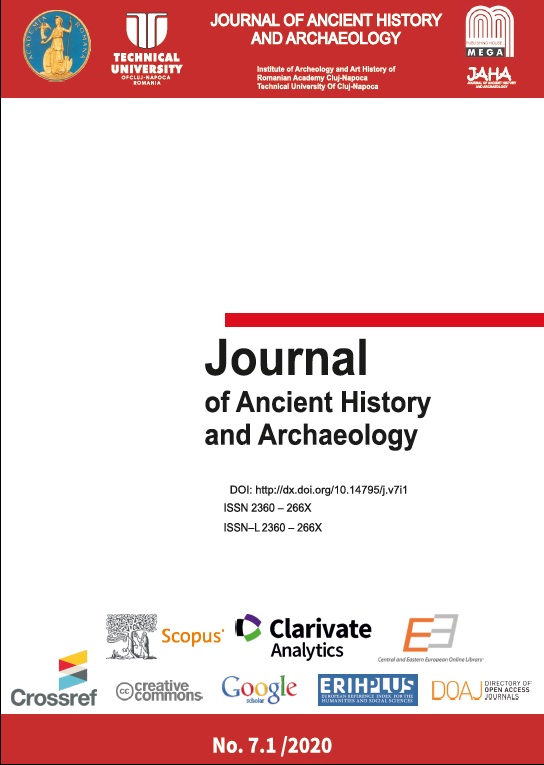PREVENTING AND COMBATING ARTEFACTS’ TRAFFICKING. DOCUMENTING SOURCE OF PROVENANCE – A CASE STUDY
PREVENTING AND COMBATING ARTEFACTS’ TRAFFICKING. DOCUMENTING SOURCE OF PROVENANCE – A CASE STUDY
Author(s): Loredana FloreaSubject(s): History, Archaeology, Ancient World
Published by: Editura Mega Print SRL
Keywords: Keywords: provenance; illegal trafficking; illegal export; faked documents; organized crime groups; terrorist organizations; inconsistencies of legislation; grey market;
Summary/Abstract: Abstract: Why is it important to document the provenance of cultural heritage assets?The antiquities’ market has been confronted lately with important problems generated by the accusations, scandals and controversies regarding the suspicions of the illegal origin of the artifacts in the collections of museums or private collections attested. Global antique trading is estimated at billions of dollars annually, so ensuringthe legality of origin plays a vital role in guaranteeing ownership for a potential new buyer, which can be in good faith. It is not surprising that this type of trade has been the object of the interest of terrorist organizations or organized crime groups, interested in obtaining important revenues for the financing of illegal activities. The sale and purchase of artifacts continues to represent from this perspective a continuous risk for museums, art dealers, auction houses and collectors.The phenomenon of illegal trafficking of cultural heritage assets is not new, for thousands of years the plundering of antiquities has been a problem of all civilizations. When artifacts are stolen, they are first and foremost lost in value, often eliminating the connection with the context in which they were discovered. The theft of the artifacts would not be possible and would not have the current magnitude if there was no sales market on which significant revenues could be obtained. The robbers, thieves and smugglers of artifacts are connected to the antiquities market through intermediaries, which creates the appearance of legality in order to facilitate the illegal export by producing fake documents, attesting the provenance and allowing the sale / purchase on the antiques market at high prices. The intermediaries are the most important link and they come from: art dealers, curators and museum staff, art collectors, businessmen, civil servants.
Journal: Journal of Ancient History and Archaeology
- Issue Year: 7/2020
- Issue No: 1
- Page Range: 110-114
- Page Count: 5
- Language: English

